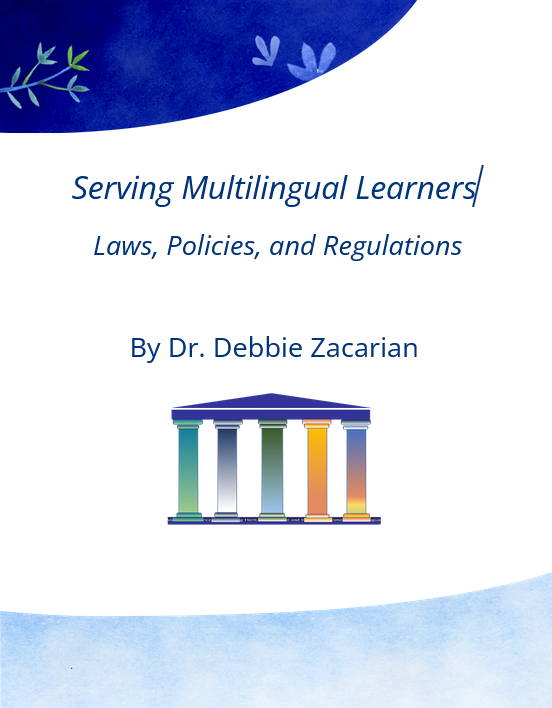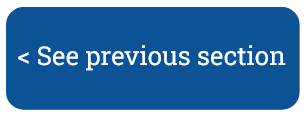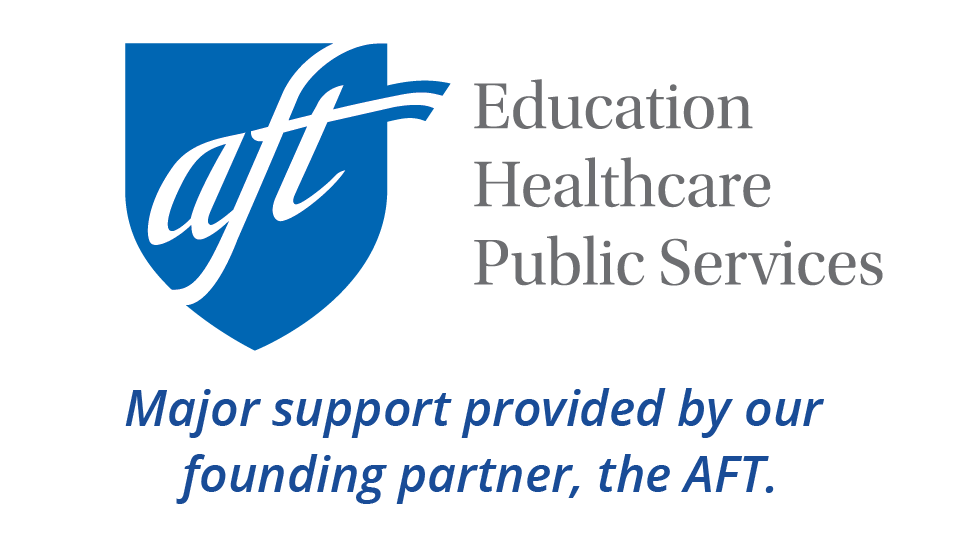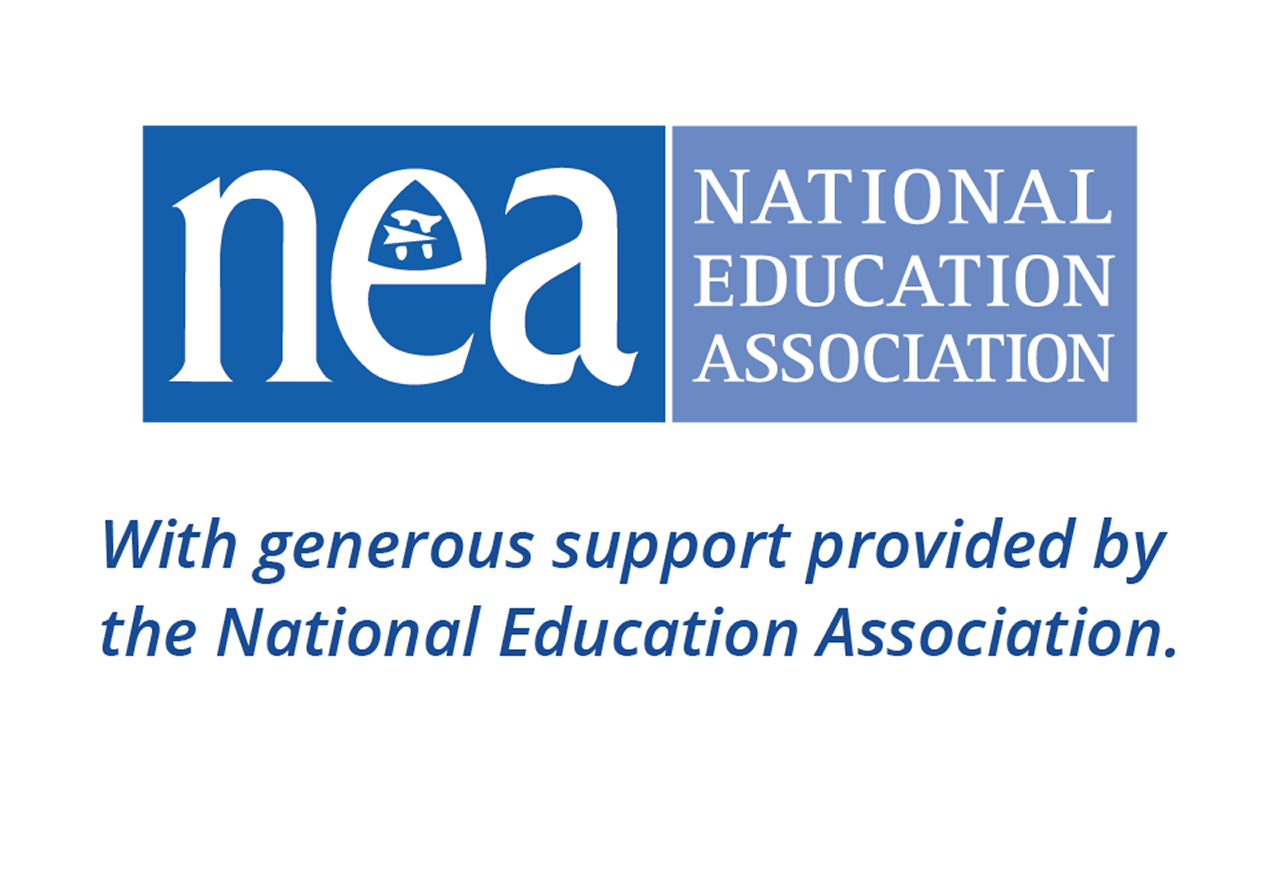The ninth key topic of the Dear Colleague Letter focuses on evaluating language assistance programs — which pulls several of the previous topics together. According to the Dear Colleague Letter, schools and state education agencies must "evaluate the effectiveness of a school district's language assistance program(s) to ensure that students acquire English proficiency and that each program was reasonably calculated to allow students to attain parity of participation in the standard instructional program within a reasonable period of time" (U.S. Departments of Justice and Education, 2015, p. 9).
A Note on Terminology
The strengths-based term multilingual learner is used throughout this document to recognize and value students' existing language abilities and highlight what they know. Keep in mind that states may use different terms and that many federal documents use the terms "English learner" and "Limited English Proficient students."
See the federal definition of a multilingual learner in Who Are Multilingual Learners?
Guiding Questions
Download this guide
 This guide is also available in a PDF version for download and printing.
This guide is also available in a PDF version for download and printing.
- What are the federal requirements for evaluating language assistance programming?
- What action steps should be taken to evaluate our language assistance program?
What Schools Need to Know
Schools and districts must regularly and consistently evaluate how effective their language assistance programming is — and determine what changes may be needed. This should be a collaborative effort amongst a working group of teachers, administrators, parents, specialists, students, and other stakeholders.
One way to collaboratively assess the effectiveness of language assistance programming is to assemble a school-work group or team. This group should represent various sectors of the school, district, family, and local community to support a shared mission and unified purpose. The U.S. Department of Education (1999) suggests that these teams be as inclusive and comprehensive as possible, including "administrators, teachers ... educational assistants, school counselors, and other staff who work with [ML] populations [as well as] parents, students, or community representatives who work with the same students in other settings" (para 3). Additionally, these groups should focus on identifying successes and making improvements as needed.
To do this, it is helpful to include facilitators who will support groups to continuously:
- Have a sense of curiosity, openness, and flexibility to different perspectives.
- Promote and nurture the mission of selecting and analyzing the strengths and efficacy of their language program model choices.
- Steadfastly and wholly focus the team's conversations on supporting MLs to succeed.
- Support the mission of assessing, improving, and strengthening the effectiveness of our language assistance models.
For an additional resource, see Exhibit 1 of the English Learner Toolkit: Chapter 9.
Creating a Mistake-Safe Culture
Another key step is fostering a mistake-safe culture. Mistakes are a natural part of learning and discovery, and such a culture provides everyone the opportunity to try new ideas, make errors, and receive constructive feedback. It is built and comes from a trusted colleague, mentor, coach, and supervisor, or friends who have our best interests — and the collective's — interests in mind (Zacarian & Silverstone, 2020). In addition, a mistake-safe culture highlights individual and group strengths, values everyone's contributions and voices, and encourages exploring new ideas with an open mind to discover what might work better.
Helpful strategies for creating a mistake-safe culture include:
- collaboratively forming questions that support an open dialogue
- considering what might be asked that has not yet been asked
- fully supporting every member to be confident in speaking on behalf of their child, themselves, and others
- consider MLs everyone's students and a shared responsibility.
Tools for Educators
These tools can support educators in evaluating language assistance programming. A printable version of these questions is available in the PDF version of this guide.
Action Steps: Monitoring and Evaluating Language Assistance Programming | |
|---|---|
The following list of action steps, drawn from Zacarian (2023, p. 200), is intended to support us in monitoring and evaluating MLs' English and grade-level content growth and successful transition from language assistance programming.
|
Zacarian, D. (2023), Transforming Schools for Multilingual Learners: A Comprehensive Guide for Educators (p. 200).










Add new comment